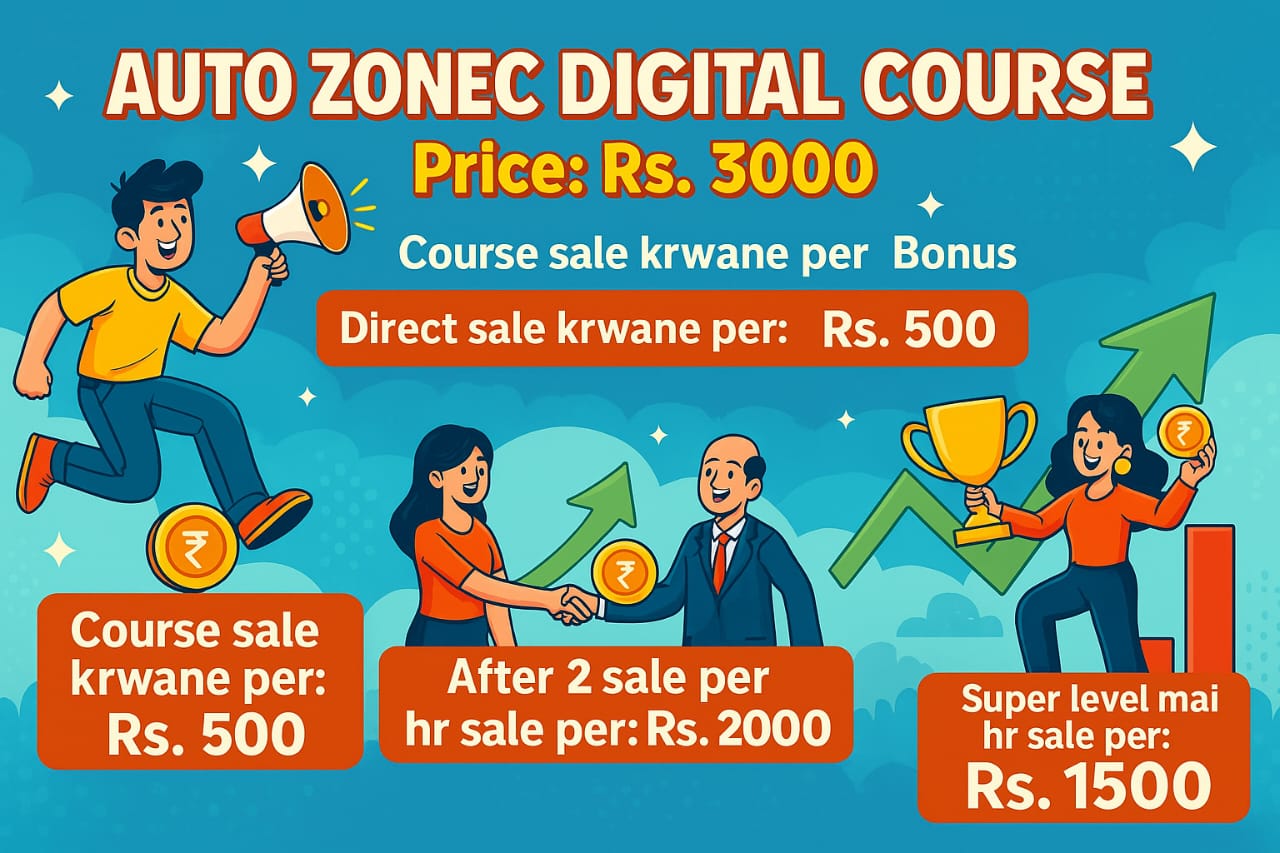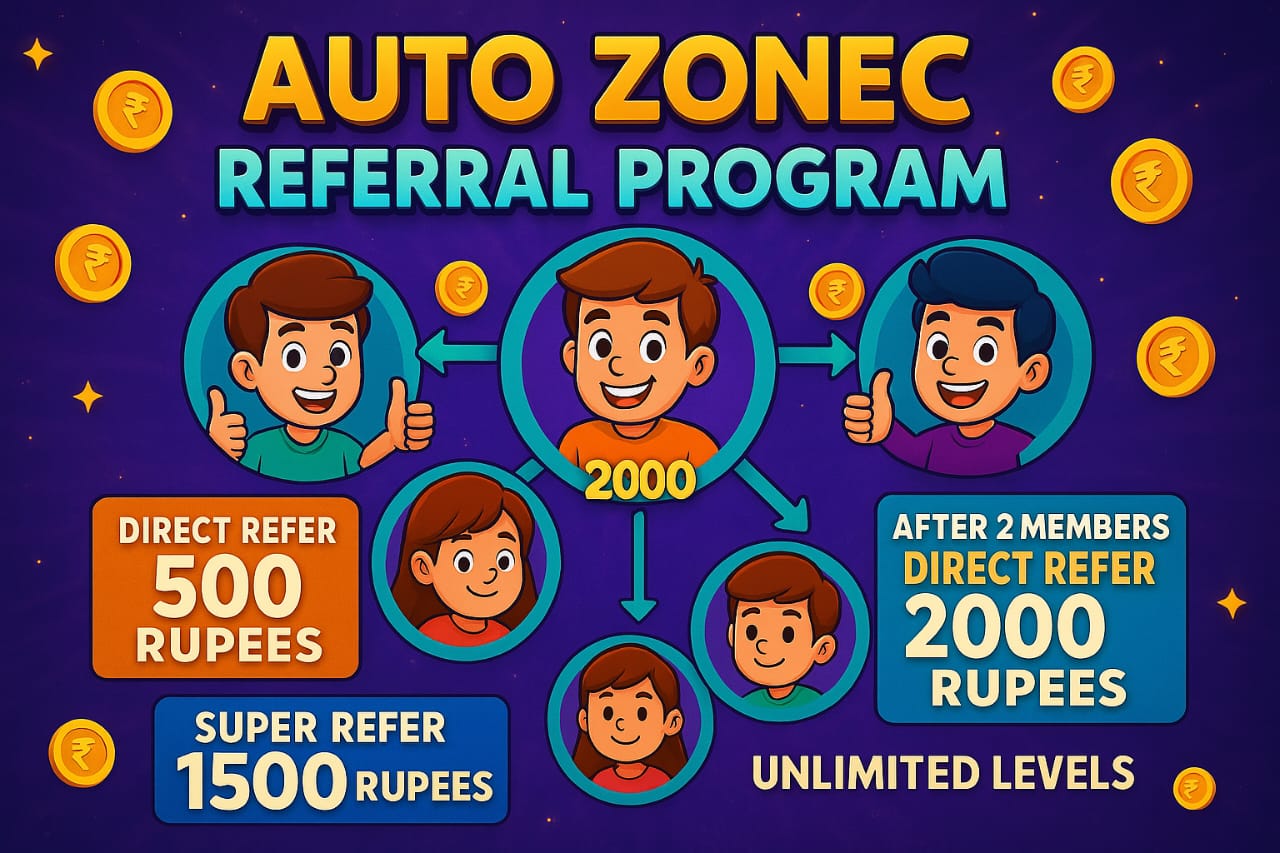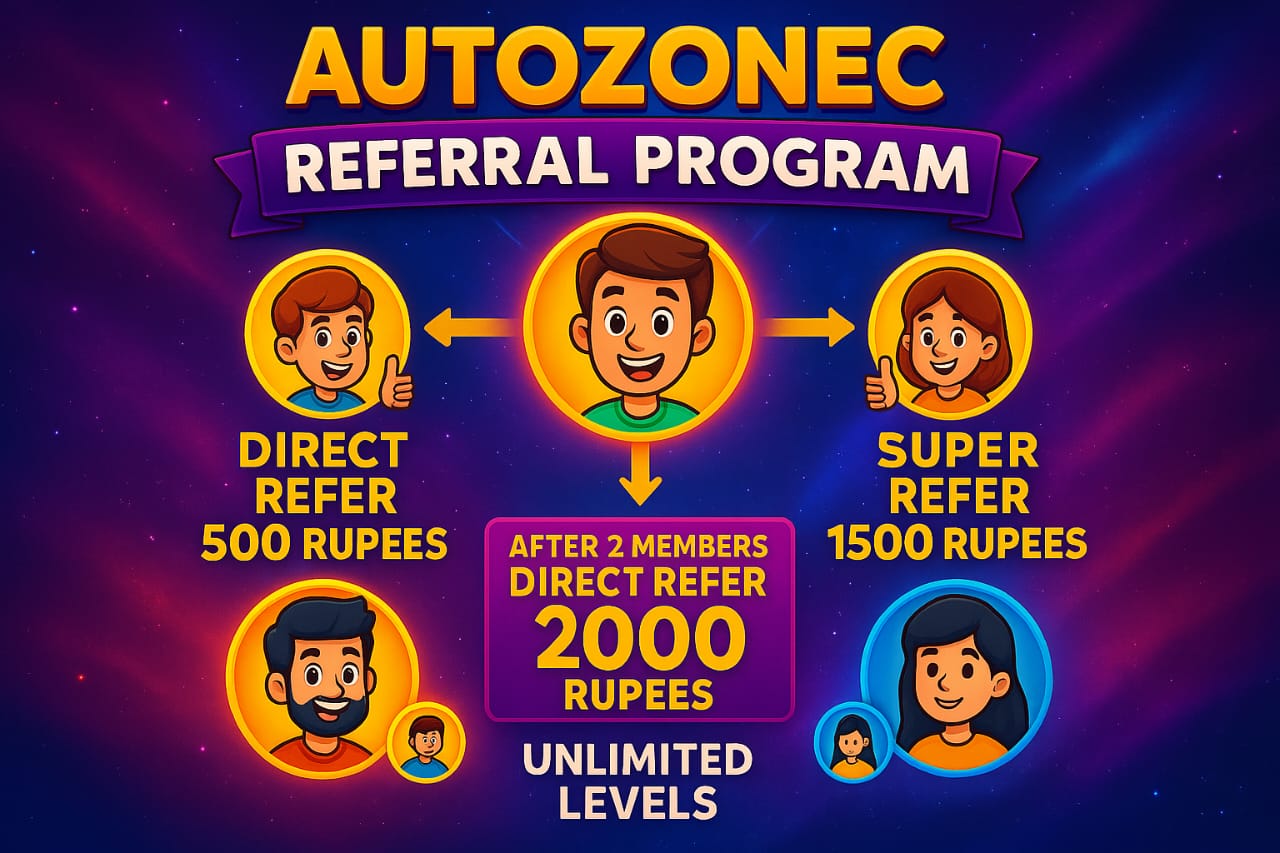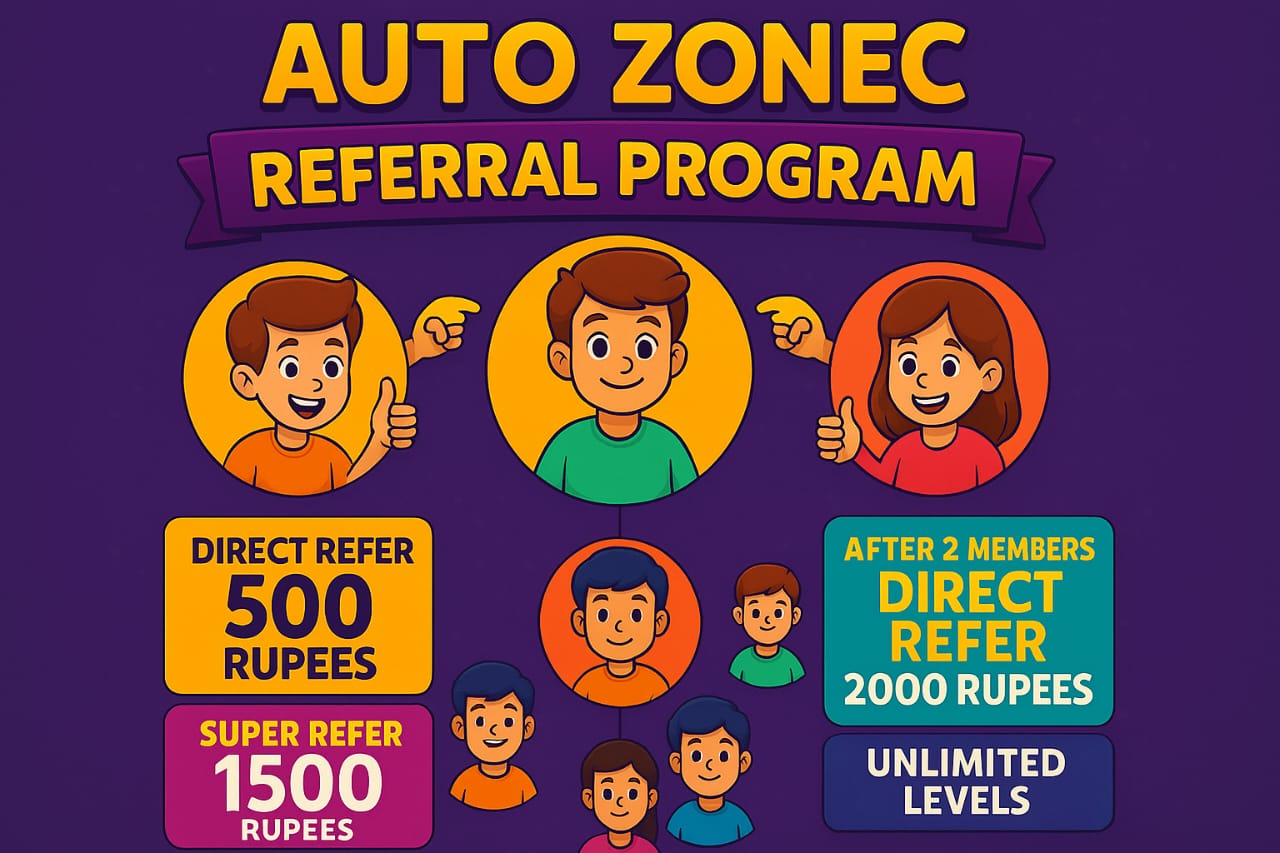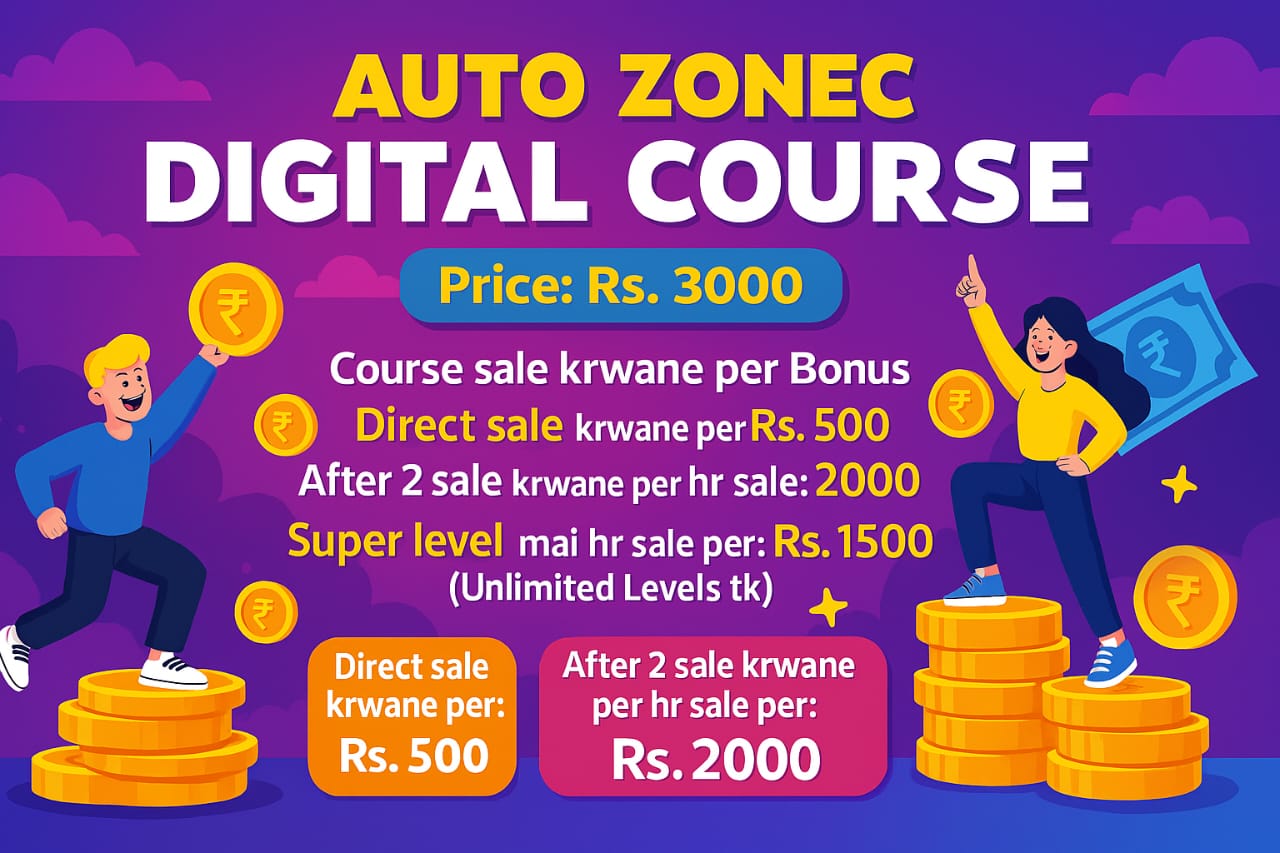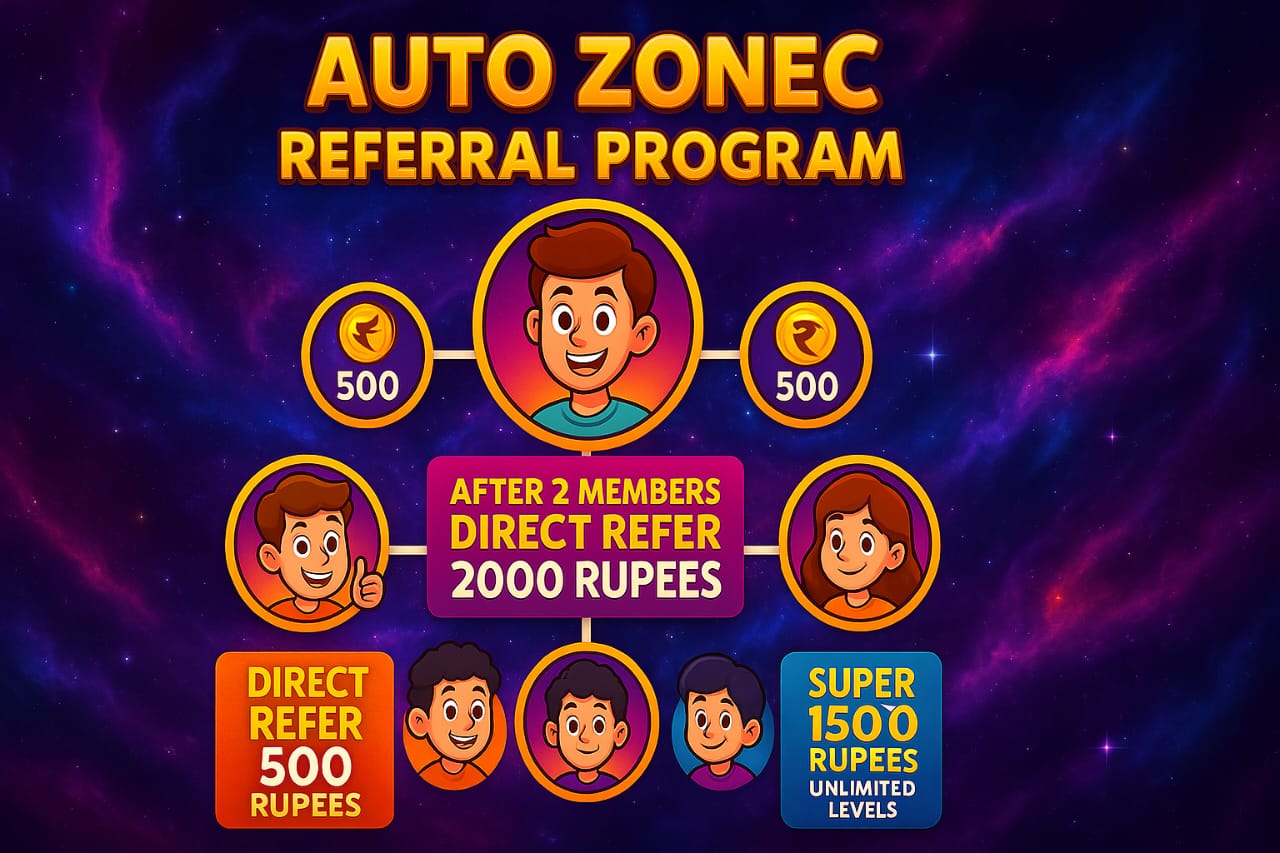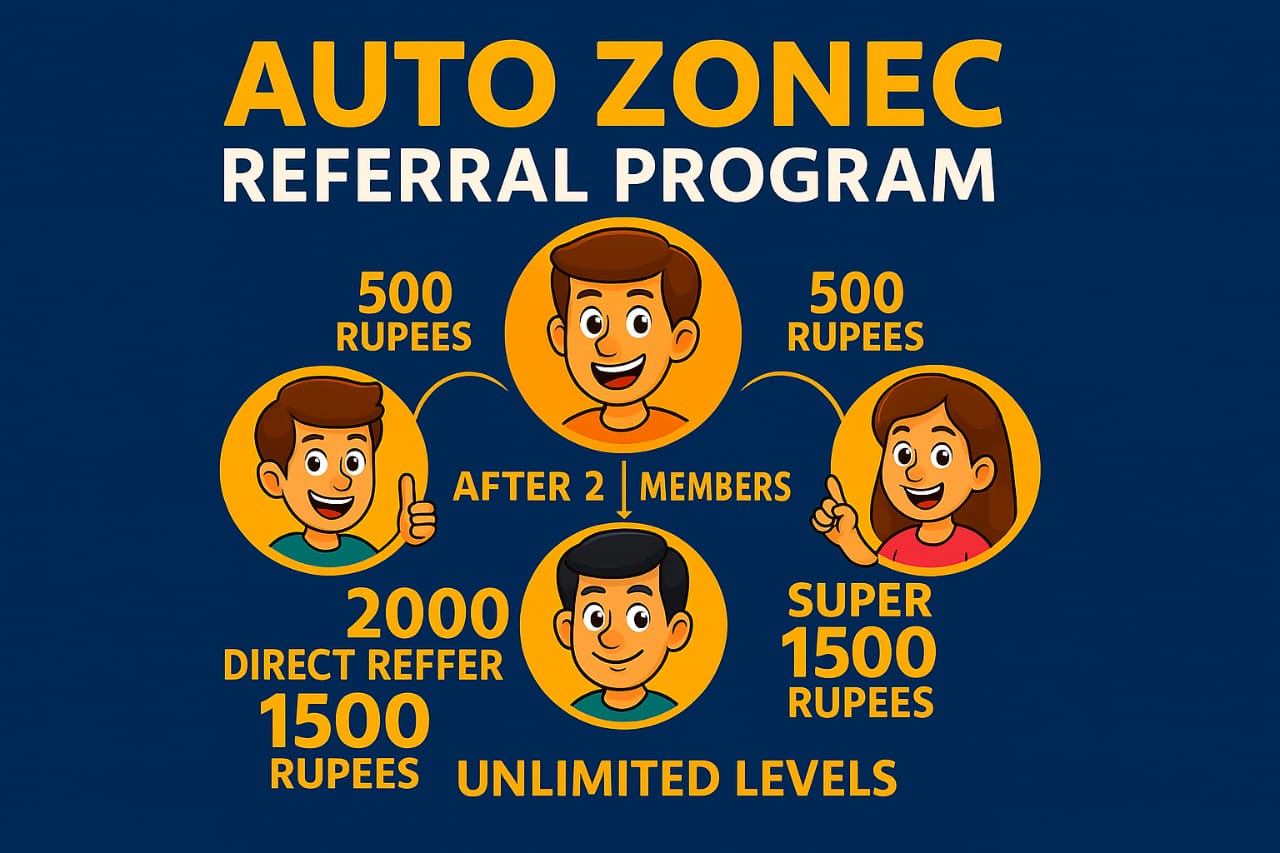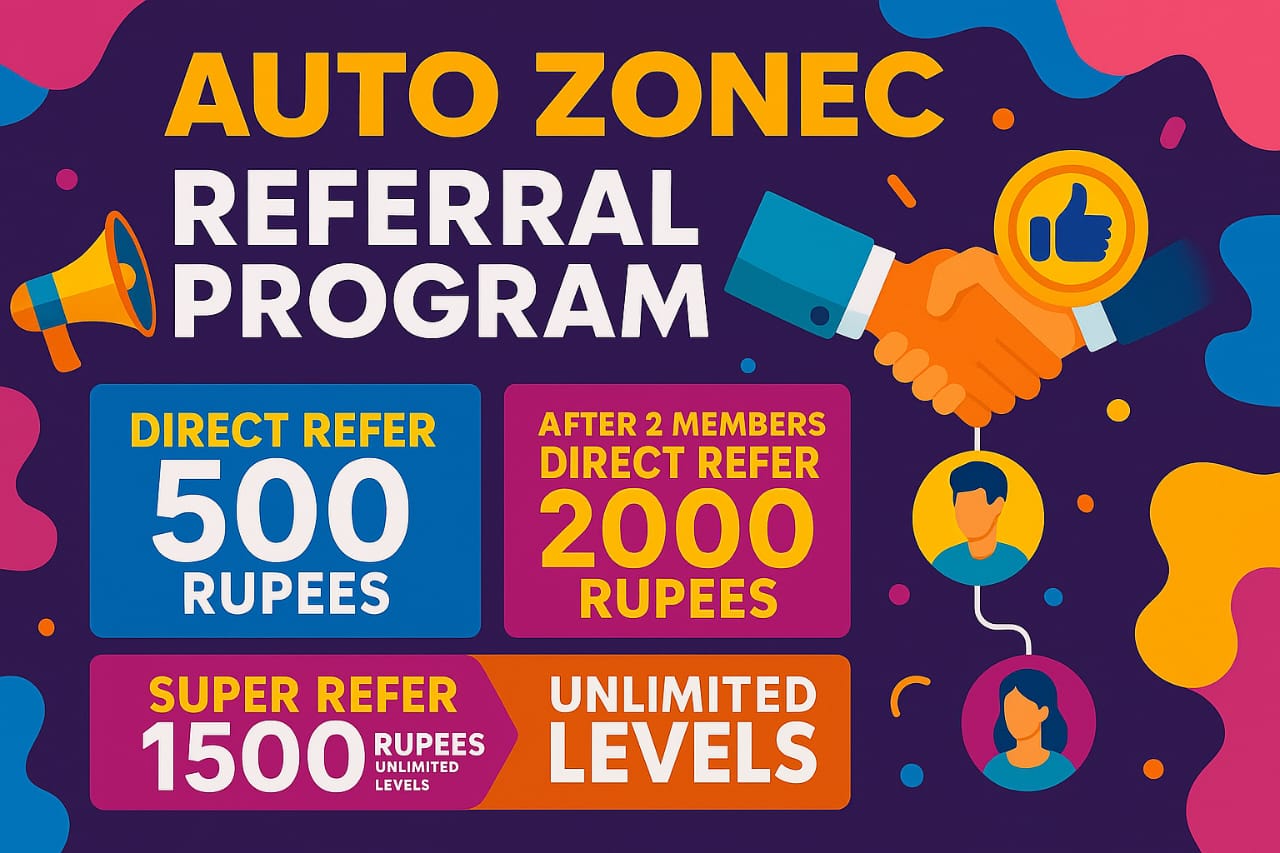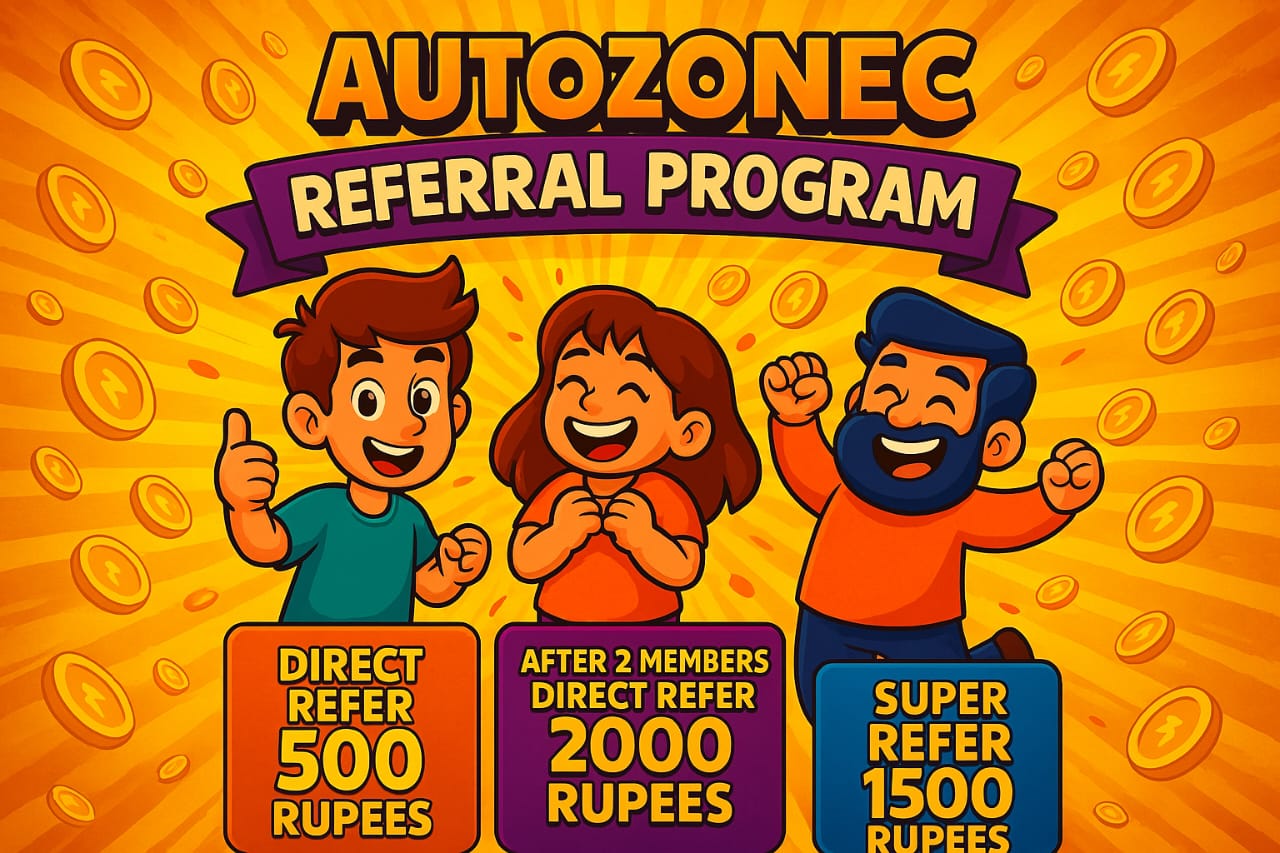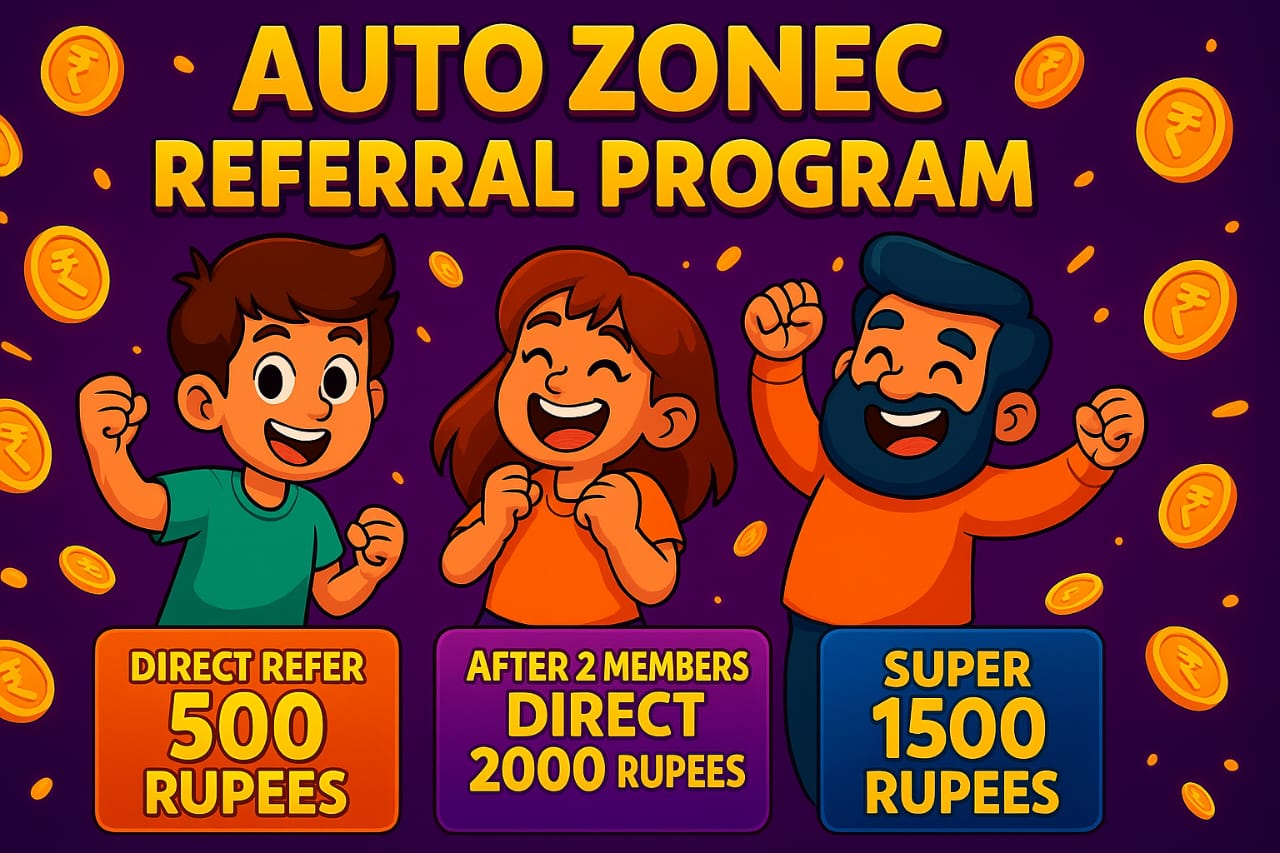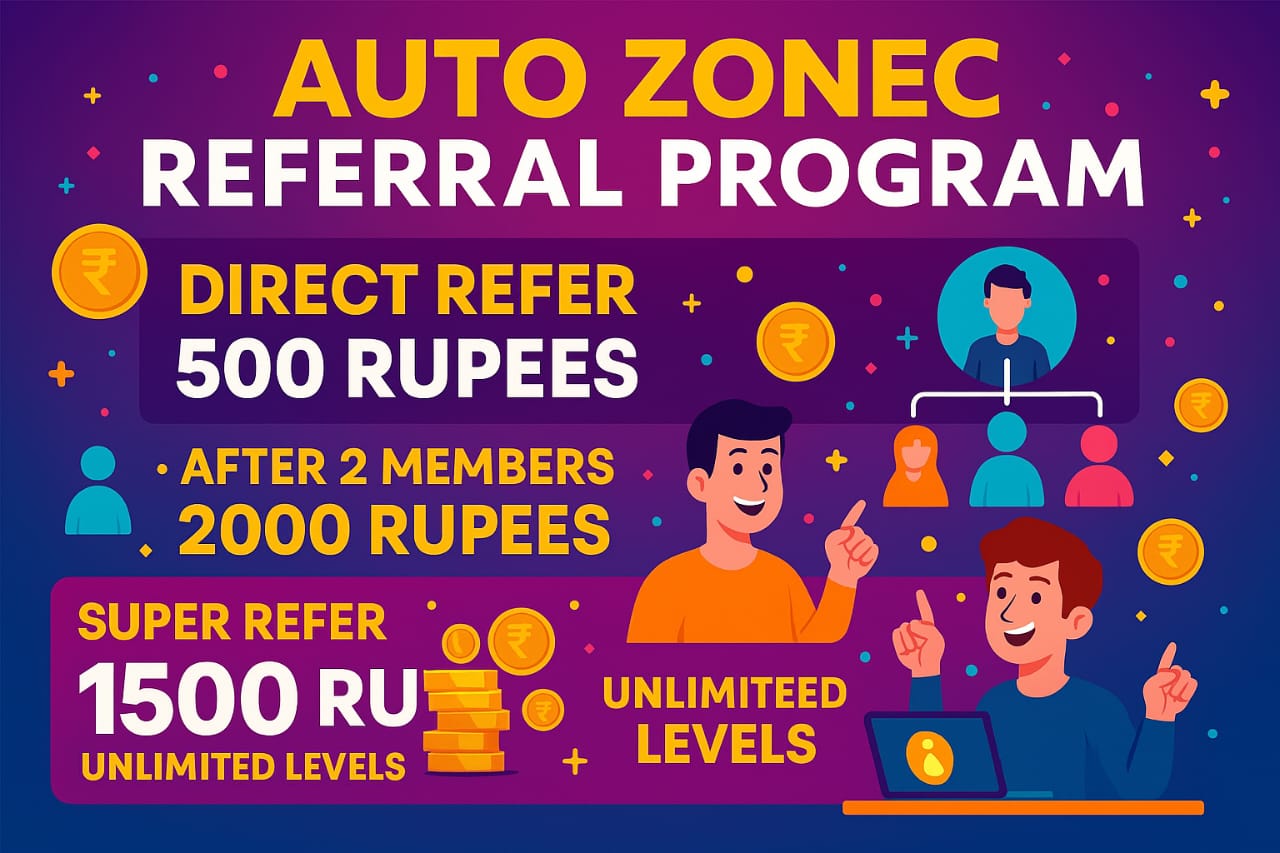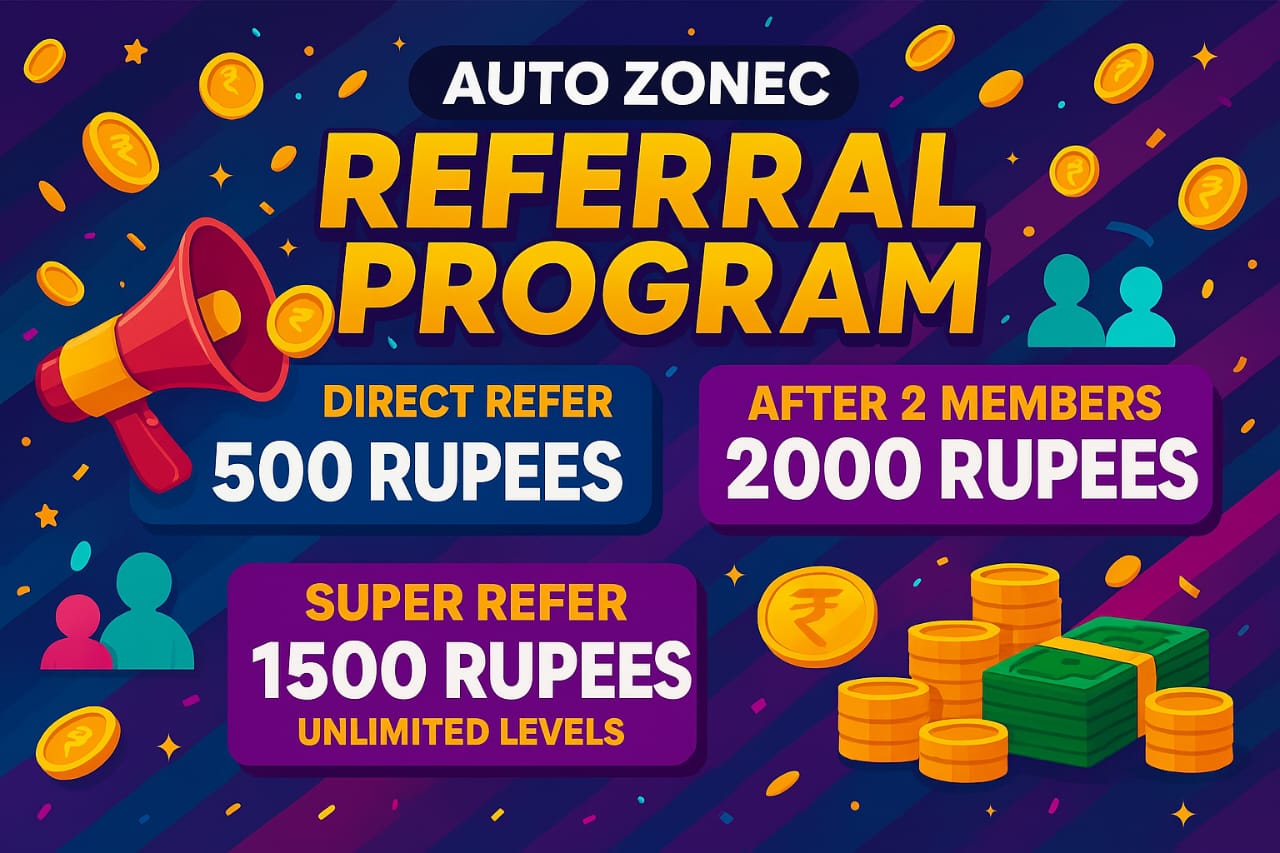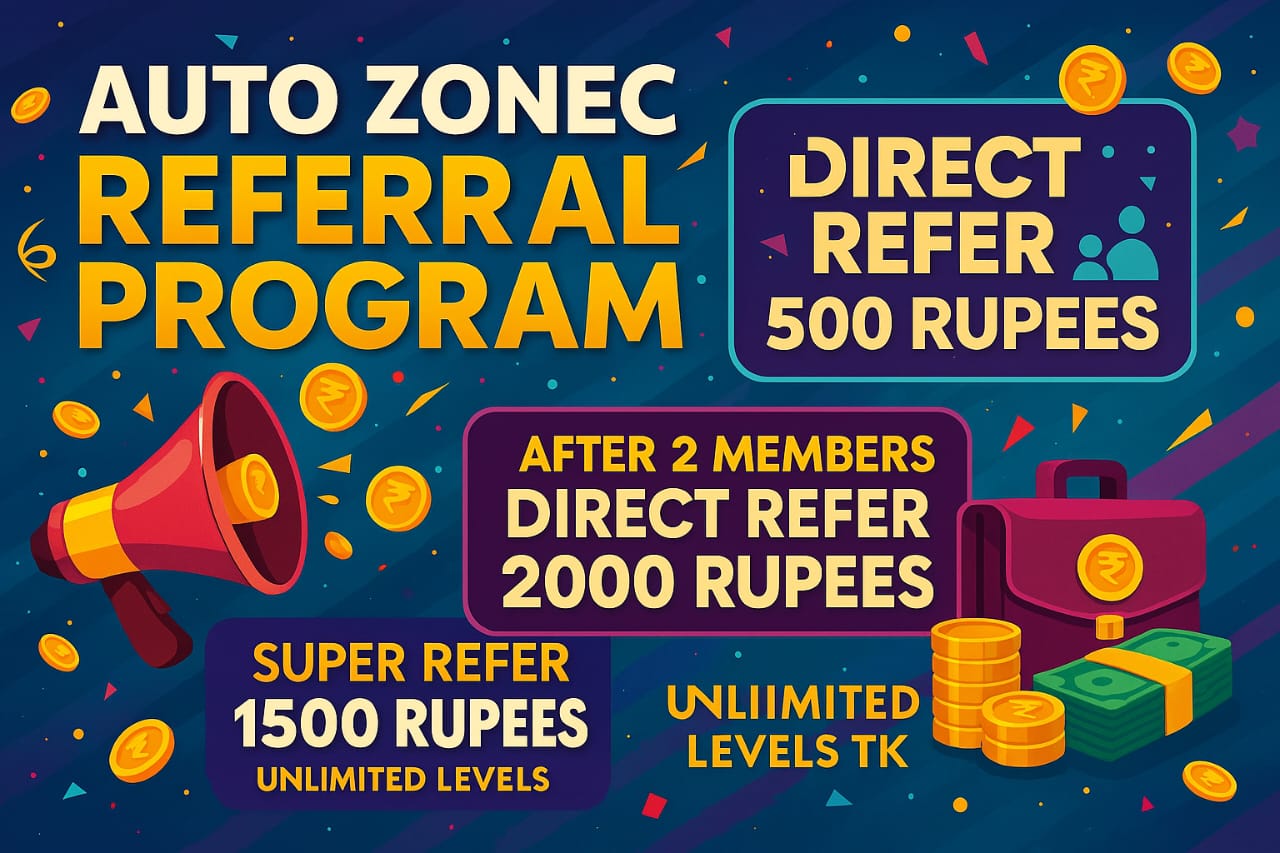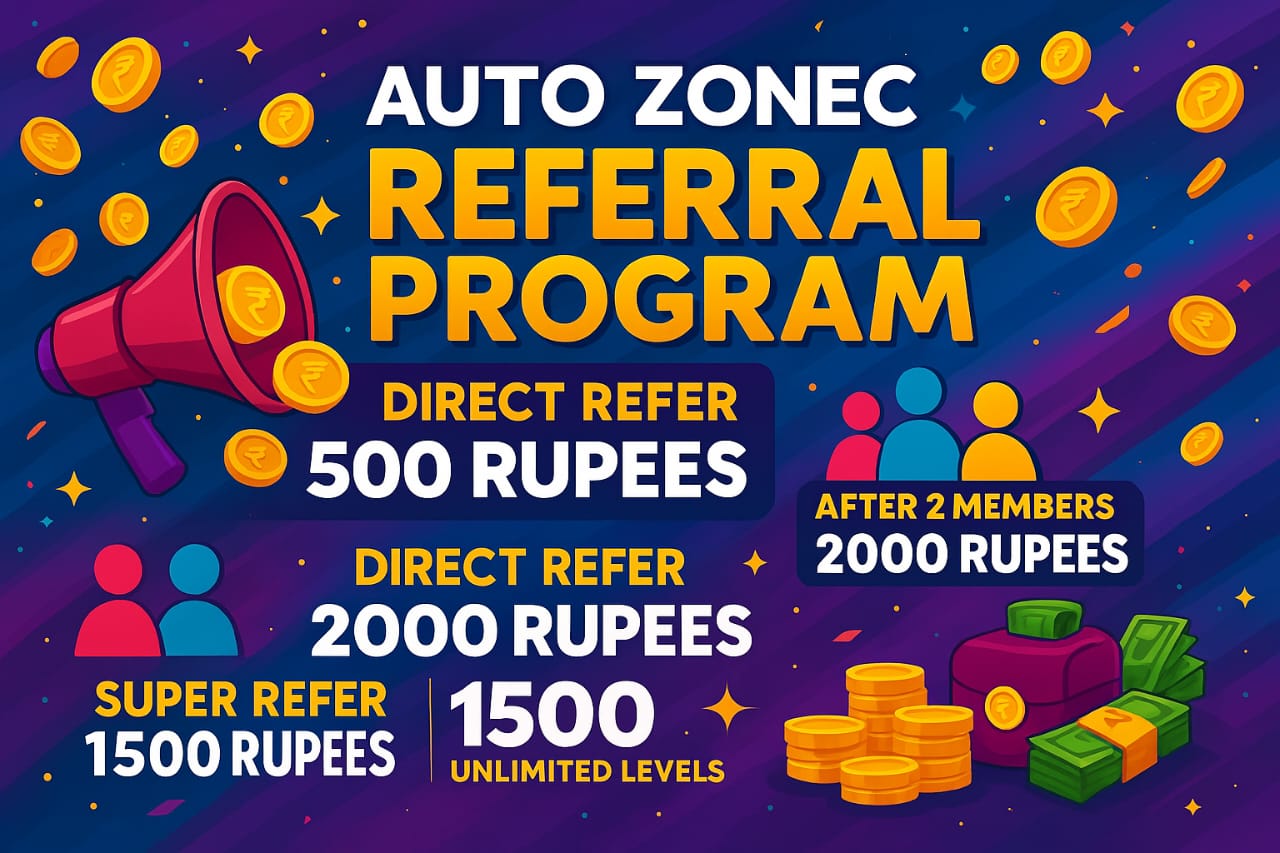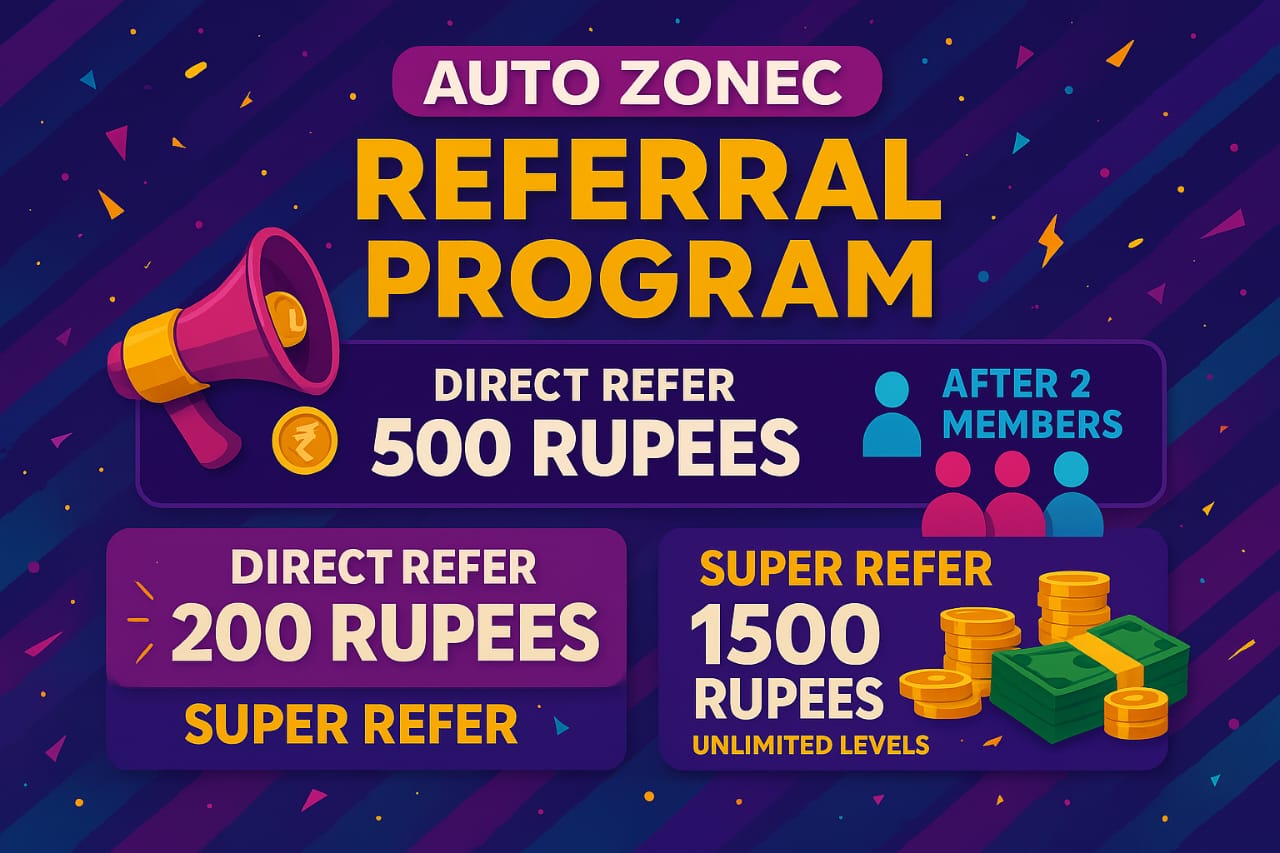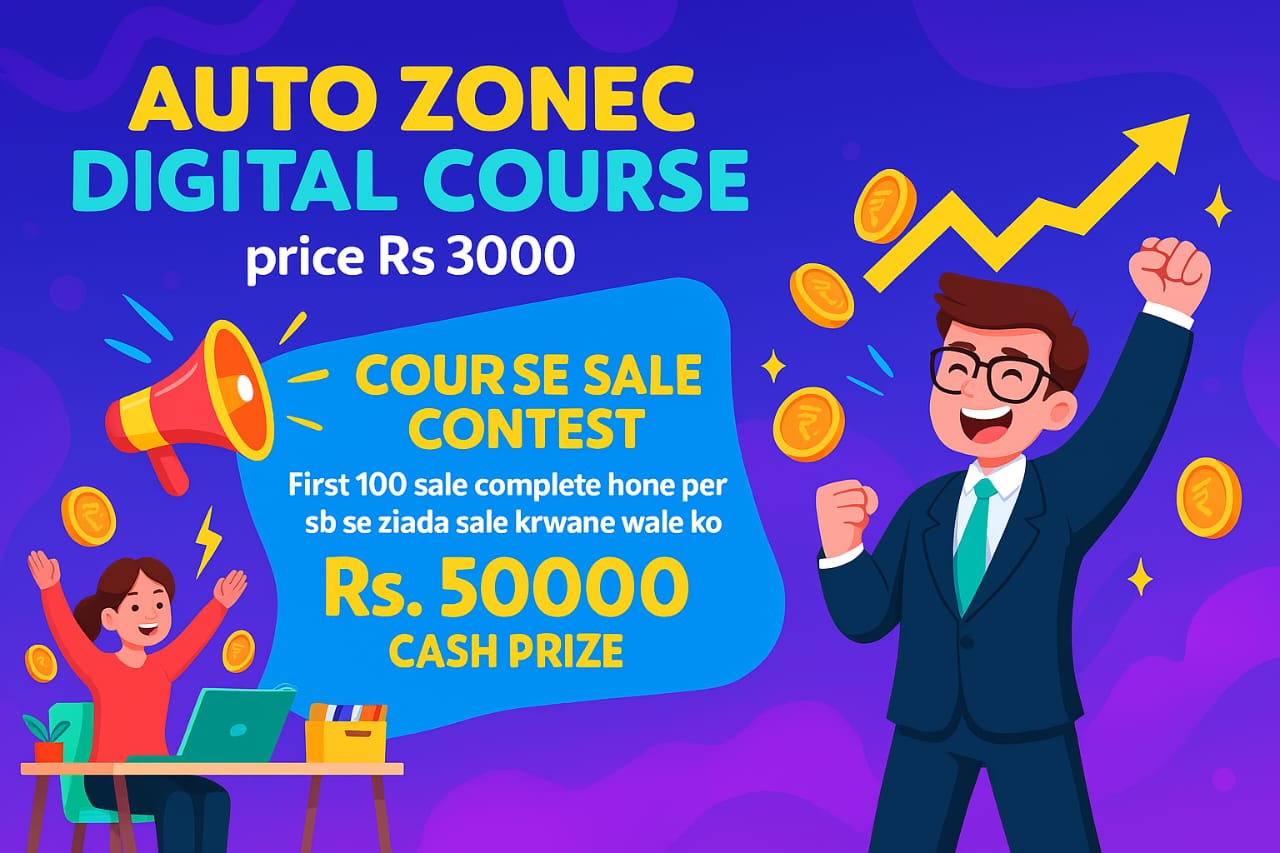
Digital Stage Revolution: The Evolution of Virtual Concerts in the Music Industry
SEO Description: Experience the evolution of live music with virtual concerts! Discover how artists are transforming the concert experience in the digital age. Dive into the future of live performances with this insightful article.
Meta Keywords: Virtual concerts Live performances Digital age Online music events Virtual music experiences Streaming concerts Virtual reality concerts Digital concerts Artists in the digital age Virtual music shows Online concerts Music streaming events Virtual performance technology Virtual concert platforms Digital music performances Artists adapting to digital age Virtual concert experiences Live music in the digital era Virtual concert trends Online music festivals Virtual concert production Artists embracing virtual performances Virtual music industry Live streaming concerts Virtual concert innovations
The Rise of Virtual Concerts: How Artists Are Redefining Live Performances in the Digital Age
With the advent of technology and the global pandemic shifting the way we experience live events, virtual concerts have become a popular and innovative way for artists to connect with their fans. In this blog post, we will explore how artists are redefining live performances in the digital age through virtual concerts.
The Evolution of Live Performances
Live concerts have always been a staple in the music industry, allowing artists to showcase their talent and connect with their audience in a unique and intimate way. However, with the rise of technology and the shift towards digital experiences, the landscape of live performances has evolved.
- Traditional concerts are often limited by venue capacity and location, making it difficult for fans from different parts of the world to attend.
- Virtual concerts, on the other hand, break down these barriers by allowing fans to access live performances from the comfort of their own homes.
This shift towards virtual concerts has opened up a new world of possibilities for artists, allowing them to reach a larger audience and connect with fans in a more personal and interactive way. Artists are no longer confined to traditional concert venues, but can now perform from anywhere in the world and reach fans from all corners of the globe.
In the next section, we will explore the different ways in which artists are leveraging virtual concerts to redefine live performances and create unique and unforgettable experiences for their fans.
The Impact of Virtual Concerts on the Music Industry
Virtual concerts have not only provided a lifeline for artists during the pandemic but have also opened up new opportunities in the music industry. Here are some ways in which virtual concerts have made an impact:
1. Global Reach
One of the most significant advantages of virtual concerts is the ability to reach a global audience. Artists no longer have to rely on physical venues to connect with their fans. With just a stable internet connection, artists can perform for fans all over the world, breaking down geographical barriers and reaching a wider audience than ever before.
2. Accessibility
Virtual concerts have also made live music more accessible to fans who may not have been able to attend traditional concerts due to various reasons such as location, cost, or physical limitations. Fans can now enjoy their favorite artists from the comfort of their own homes, making live music more inclusive and diverse.
3. Revenue Streams
While virtual concerts may not completely replace traditional live performances, they have become an additional revenue stream for artists. With ticket sales, merchandise, and sponsorships, virtual concerts have the potential to generate significant income for artists, especially during times when live events are restricted.
The Future of Virtual Concerts
As the music industry continues to evolve, virtual concerts are likely to play a significant role in the future of live performances. Here are some trends and predictions for the future of virtual concerts:
1. Hybrid Events
One trend that is likely to emerge is the concept of hybrid events, where artists combine virtual and physical elements to create unique and immersive concert experiences. This could involve live streaming a concert from a physical venue while also incorporating virtual elements such as interactive chat rooms or virtual reality experiences.
2. Augmented Reality and Virtual Reality
With advancements in technology, artists are increasingly exploring the use of augmented reality (AR) and virtual reality (VR) to enhance the virtual concert experience. AR and VR can create interactive and immersive environments for fans, allowing them to feel like they are truly part of the concert experience.
3. Fan Engagement
Virtual concerts also offer new opportunities for fan engagement. Artists can interact with their fans in real-time through chat rooms, Q&A sessions, and virtual meet-and-greets, creating a more intimate and personalized experience for fans.
4. Sustainability
As the music industry grapples with the environmental impact of traditional live events, virtual concerts offer a more sustainable alternative. By reducing the need for travel and physical infrastructure, virtual concerts have a lower carbon footprint and can help artists reduce their environmental impact.
Conclusion
Virtual concerts have revolutionized the way artists connect with their fans and have redefined live performances in the digital age. As technology continues to advance and the music industry adapts to new challenges, virtual concerts are poised to become an integral part of the future of live music. Whether it's reaching a global audience, exploring new technologies, or enhancing fan engagement, virtual concerts offer endless possibilities for artists to innovate and create unforgettable concert experiences.
The Rise of Virtual Concerts: How Artists Are Redefining Live Performances in the Digital Age
Virtual concerts have become increasingly popular in recent years, especially in light of the COVID-19 pandemic. With live music events being canceled or postponed, artists and event organizers have turned to virtual platforms to bring their performances to fans around the world. This shift has not only changed the way concerts are experienced but has also opened up new possibilities for artists to connect with their audience in innovative ways.
Enhanced Visuals and Production
One of the key advantages of virtual concerts is the ability to create immersive visual experiences that go beyond what is possible in a traditional live setting. Artists can work with visual designers and production teams to create stunning visuals, lighting effects, and virtual backgrounds that enhance the overall performance and create a unique atmosphere for viewers.
Virtual concerts also allow artists to experiment with different camera angles and perspectives, giving viewers a front-row seat to the action from the comfort of their own homes. This level of production value would be difficult to achieve in a traditional live setting, making virtual concerts a truly unique and engaging experience for fans.
Interactive Elements and Fan Engagement
Another key aspect of virtual concerts is the ability to incorporate interactive elements and engage with fans in real-time. Artists can interact with viewers through live chat, virtual meet-and-greets, and Q&A sessions, creating a sense of intimacy and connection that is often lacking in traditional live performances.
Some artists have even taken this a step further by incorporating virtual reality (VR) technology into their concerts, allowing fans to experience the show in a whole new way. By wearing VR headsets, viewers can feel like they are actually in the audience, interacting with other fans and experiencing the concert as if they were there in person.
Global Reach and Accessibility
Virtual concerts have the unique ability to reach a global audience, breaking down geographical barriers and allowing artists to connect with fans from all over the world. This has opened up new opportunities for artists to expand their reach and attract new fans who may not have been able to attend a traditional live concert.
Furthermore, virtual concerts are often more accessible to fans with disabilities or mobility issues, as they can be enjoyed from the comfort of their own homes. This level of accessibility is a major advantage of virtual concerts and has the potential to make live music more inclusive and diverse.
Conclusion
As virtual concerts continue to rise in popularity, artists are redefining the live music experience in the digital age. With enhanced visuals, interactive elements, and global reach, virtual concerts offer a unique and engaging way for artists to connect with their audience and bring their music to fans around the world. Whether it's through immersive visual experiences, real-time fan engagement, or innovative use of technology, virtual concerts are shaping the future of live performances and creating new opportunities for artists to showcase their talent in a digital world.
As virtual concerts continue to gain popularity, artists are finding new ways to engage with their audiences and create unique experiences that go beyond just a traditional live show. Many artists are using technology to enhance their performances and create immersive environments that allow fans to feel like they are part of the action. One of the most exciting developments in the world of virtual concerts is the use of augmented reality (AR) and virtual reality (VR) technology. These technologies allow artists to create interactive experiences that blend the physical and digital worlds in new and exciting ways. For example, some artists are using AR to create virtual environments that fans can explore and interact with during the concert. This can include everything from interactive games and challenges to virtual meet-and-greets with the artist. VR technology is also being used to create virtual concert experiences that allow fans to feel like they are actually at a live show. By wearing a VR headset, fans can immerse themselves in a virtual venue and watch the artist perform in stunning detail. Some artists are even using VR to create 360-degree videos that allow fans to move around the virtual venue and choose their own vantage point for the show. In addition to AR and VR technology, artists are also using live streaming platforms to reach fans all over the world. Platforms like Twitch, YouTube, and Facebook Live allow artists to broadcast their performances in real-time, giving fans the opportunity to watch from the comfort of their own homes. This has been especially important during the COVID-19 pandemic, when live shows were canceled and artists had to find new ways to connect with their fans. Another trend in the world of virtual concerts is the rise of interactive performances. Some artists are using live streaming platforms to engage with their fans in real-time, allowing them to request songs, ask questions, and even participate in virtual meet-and-greets. This level of interactivity adds a new dimension to the concert experience and allows fans to feel more connected to the artist. Overall, the rise of virtual concerts is changing the way artists think about live performances in the digital age. By embracing new technologies and finding innovative ways to engage with their audiences, artists are redefining what it means to perform live. Whether it's through AR and VR technology, live streaming platforms, or interactive performances, artists are finding new ways to connect with their fans and create unforgettable experiences that go beyond the traditional concert format.Case Studies of Successful Virtual Concerts
1. Travis Scott's Fortnite Concert
In April 2020, rapper Travis Scott held a virtual concert within the popular video game Fortnite, attracting over 12 million players to attend the live event. The concert featured a larger-than-life avatar of Travis Scott performing his hit songs in a virtual world, complete with stunning visual effects and interactive elements. The success of this virtual concert demonstrated the potential for artists to reach a massive audience in a unique and engaging way.
2. BTS' Bang Bang Con
K-pop sensation BTS hosted a virtual concert called Bang Bang Con in June 2020, where they streamed footage of past live performances for free to their fans worldwide. The event drew over 750,000 viewers from 107 countries, showcasing the global reach of virtual concerts and the dedication of fans to support their favorite artists even in a digital format.
Benefits of Virtual Concerts for Artists
1. Reach a Global Audience
Virtual concerts have the potential to reach fans from all corners of the world, breaking down geographical barriers and allowing artists to connect with a truly global audience. This can help artists expand their fan base and increase their reach beyond traditional concert venues.
2. Cost-Effective Production
Virtual concerts can be produced at a fraction of the cost of traditional live performances, as artists do not need to rent out venues, set up elaborate stage productions, or cover travel expenses. This cost-effectiveness can make virtual concerts a more viable option for emerging artists or those looking to experiment with new ways of connecting with their fans.
3. Innovative Marketing Opportunities
Virtual concerts offer artists the opportunity to get creative with their marketing strategies, leveraging social media, online platforms, and virtual reality technologies to promote their events and engage with fans in new and exciting ways. This can help artists build buzz around their music and create a unique brand experience for their audience.
Challenges of Virtual Concerts
1. Technical Limitations
One of the biggest challenges of virtual concerts is the reliance on technology, which can sometimes be unpredictable and prone to technical glitches. From internet connectivity issues to streaming delays, artists need to ensure a seamless experience for their fans to prevent any disruptions to the performance.
2. Monetization Concerns
While virtual concerts offer a cost-effective alternative to traditional live performances, artists may face challenges in monetizing their events effectively. Finding the right balance between offering free content to engage fans and creating paid experiences to generate revenue can be a delicate balance for artists to navigate.
3. Audience Engagement
Virtual concerts can lack the intimate and immersive experience of a live performance, making it challenging for artists to engage with their audience and create a sense of connection and community. Finding innovative ways to interact with fans, such as live chat features or virtual meet-and-greets, can help artists foster a sense of engagement and loyalty among their fan base.
Overall, the rise of virtual concerts represents a new frontier for artists to explore and redefine the live performance experience in the digital age. By embracing innovative technologies, creative marketing strategies, and a commitment to engaging with their fans, artists can leverage the power of virtual concerts to reach new audiences, create memorable experiences, and push the boundaries of what is possible in the world of music.Digital Stage Revolution: The Evolution of Virtual Concerts in the Music Industry
Written by: wikibrand
Published on: April 28, 2025
